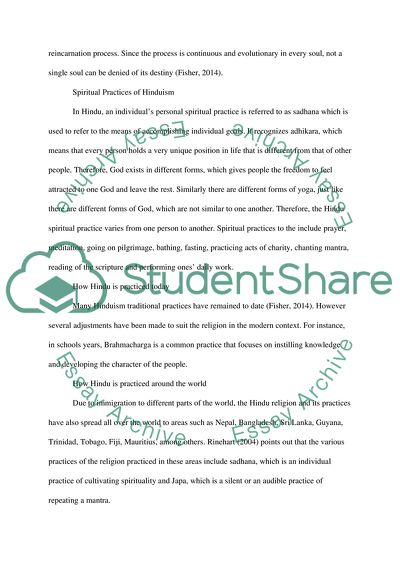Cite this document
(“Comparison between Hinduism and Buddhism Assignment”, n.d.)
Comparison between Hinduism and Buddhism Assignment. Retrieved from https://studentshare.org/religion-and-theology/1802832-week4-assignment-1-2-3-pages-and-lab-assignment-450-500-words
Comparison between Hinduism and Buddhism Assignment. Retrieved from https://studentshare.org/religion-and-theology/1802832-week4-assignment-1-2-3-pages-and-lab-assignment-450-500-words
(Comparison Between Hinduism and Buddhism Assignment)
Comparison Between Hinduism and Buddhism Assignment. https://studentshare.org/religion-and-theology/1802832-week4-assignment-1-2-3-pages-and-lab-assignment-450-500-words.
Comparison Between Hinduism and Buddhism Assignment. https://studentshare.org/religion-and-theology/1802832-week4-assignment-1-2-3-pages-and-lab-assignment-450-500-words.
“Comparison Between Hinduism and Buddhism Assignment”, n.d. https://studentshare.org/religion-and-theology/1802832-week4-assignment-1-2-3-pages-and-lab-assignment-450-500-words.


